Working principle of polygon processing
For processing polygonal workpieces on a lathe, a special device as shown in the figure needs to be installed.
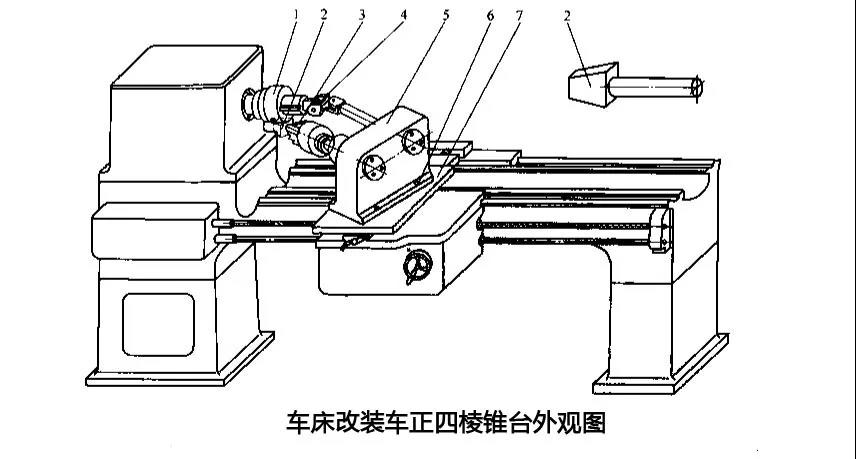
1-Cutter 2-Workpiece 3-Chuck 4-Universal coupling 5-Transmission 6-Screw 7-Bottom plate
When turning, it is installed on the middle slide plate to make the workpiece and the tool rotate in the same direction, and the speed ratio relationship between the tool and the workpiece with a certain number of tool heads is used to realize the relative movement of the tool and the workpiece, so that it is realized according to the development rule Surface forming, complete the processing of square, hexagon, regular triangle, trapezoid, drum, waist, flat, diamond, irregular polygon and polygonal workpiece with taper.
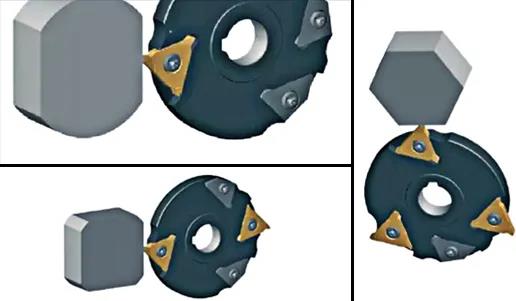
For example, when processing an equilateral triangle, the transmission ratio of the tool to the workpiece is i = 3, so the trajectory of the tool tip relative to the axis of the workpiece is a periodically repeated closed curve during the cutting process, and the middle part surrounded by the curve forms an approximate triangle.
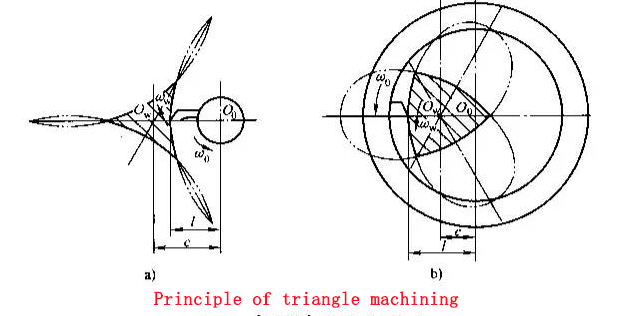
If the workpiece axis is outside the tool tip motion circle, the triangle called "outer cutting method" is shown in Figure a; if the workpiece axis is inside the tool tip motion circle, it is called "inner cutting method", and the triangle appears like Figure b shows.
It can be seen from the triangular figures presented, whether the external cutting method or the internal cutting method is used, the surfaces of the processed triangular workpieces are not flat, but are circular arc faces that are approximately flat. Therefore, the method of turning polygons mentioned above is only It can be used in the processing that does not require high surface flatness.
2 Introduction of the more widely used tools
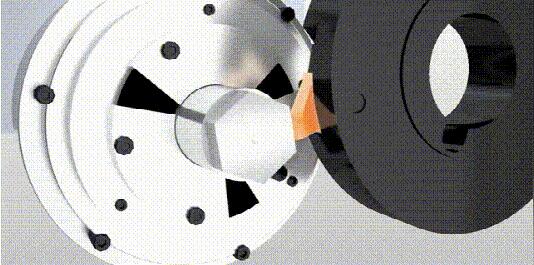
The above introduction is a traditional theory, and in practical applications there are different forms of tool presentation, the principle is the same, but in the introduction of the principle, the tool does the main motion on the spindle, the workpiece does the auxiliary motion, and in In practical applications, the workpiece is mainly moved on the spindle.
In polygon turning, a flying cutter disk is used to cut out polygons (three to eight sides) on the side of an axisymmetric workpiece. The work piece (main spindle) and rotating tool (flying cutter head) work together in a synchronously coupled manner to machine the working surface.
The number of cut surfaces depends on the transmission ratio and the number of cutting edges on the cutting tool. The direction of rotation of the workpiece and the tool is opposite.
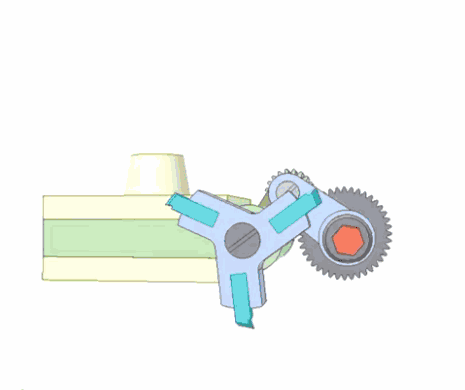
Processing Hexagons
Processing Rectangle
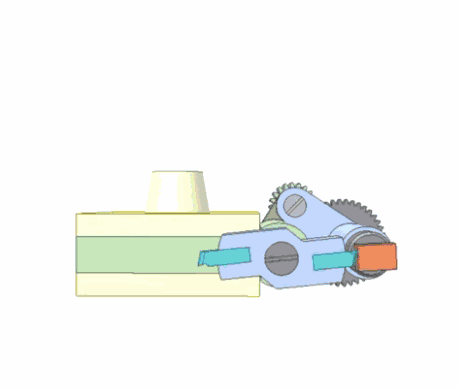
The cutter with two blades is used to cut out quadrilaterals, and the cutter with three blades is used to cut out hexagons, etc. If different transmission ratios are used or the number of cutting edges of the tool is changed, large depressions or protruding deflection arcs may appear on the surface of the workpiece.
Because of this principle, the outline trajectory generated by the tip point is exactly an ellipse, but the curve implemented on the force surface of the wrench is the section of the ellipse with a larger radius of curvature, so it does not affect the assembly of tightening and loosening. operating.
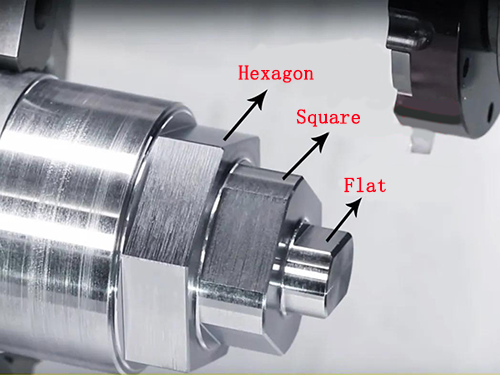
We are a reliable supplier and professional in CNC service. If you need our assistance please contact me at info@anebon.com.
Post time: Apr-29-2020

